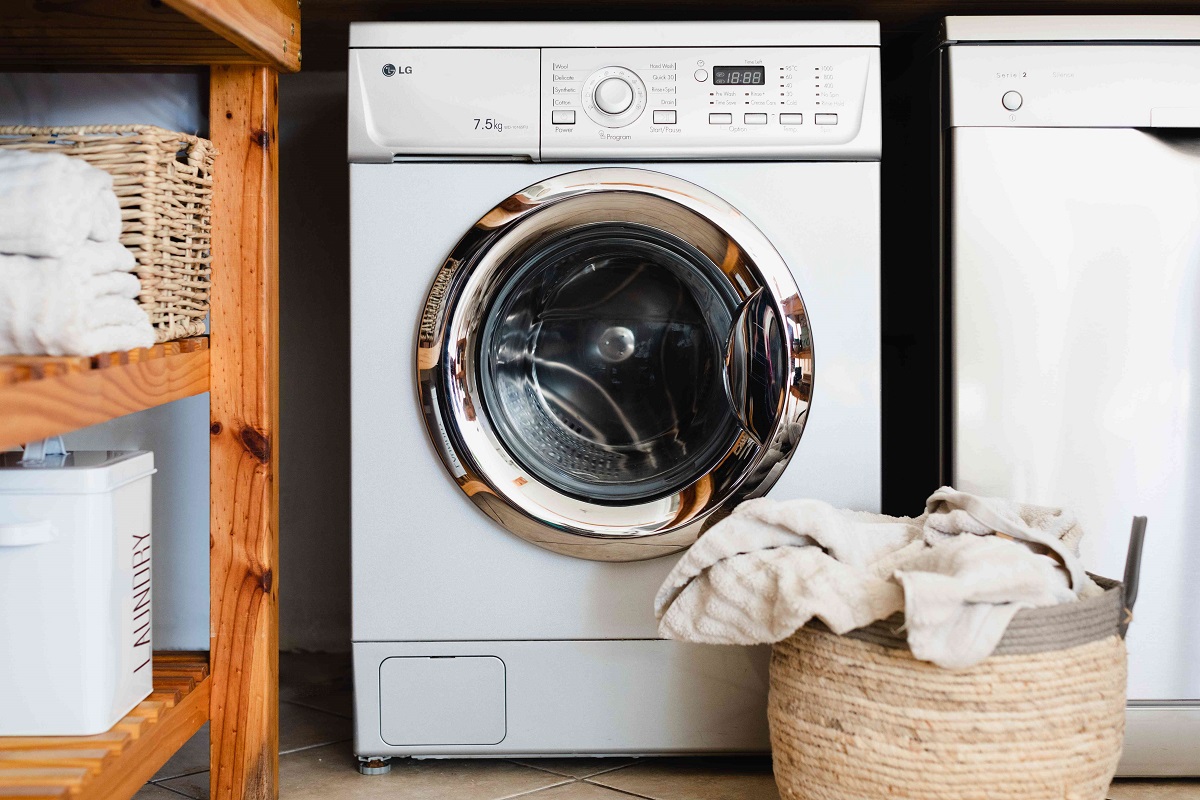

Articles
How To Balance Front Load Washer
Modified: August 25, 2024
Discover valuable articles on how to balance your front load washer and prevent common issues. Improve your laundry experience with expert tips and tricks.
(Many of the links in this article redirect to a specific reviewed product. Your purchase of these products through affiliate links helps to generate commission for Storables.com, at no extra cost. Learn more)
Introduction
A front load washer is a popular choice for many households due to its efficiency and ability to handle large loads of laundry. However, one common issue that users may encounter is an imbalance during the washing process. This imbalance can lead to excessive noise, shaking, and even damage to the machine over time. To maintain the longevity and performance of your front load washer, it is essential to know how to balance it properly.
In this article, we will guide you through the process of balancing your front load washer to ensure smooth operation and optimal cleaning results. We will explain the reasons behind imbalanced loads, provide step-by-step instructions, and offer some helpful tips for maintaining balance in the long run.
By following our guidelines, you can avoid frustrating vibrations, prolong the lifespan of your washer, and enjoy clean and fresh laundry every time.
Key Takeaways:
- Properly distributing the laundry load, adjusting the leveling feet, and inspecting the drum and suspension system are crucial steps to maintain balance in a front load washer and prevent imbalanced loads.
- Regular maintenance, avoiding overloading, and following manufacturer guidelines for load capacity are essential for ensuring the longevity and efficient performance of a front load washer.
Read more: How To Load Top Load Washer Without Agitator
Understanding Front Load Washers
Before diving into the specifics of how to balance a front load washer, it’s important to understand the basic mechanics of these machines. Unlike top load washers, which have a vertical drum and agitator, front load washers have a horizontal drum that spins on a horizontal axis. This unique design allows for more efficient cleaning and better water extraction.
The drum in a front load washer rotates at high speeds during the wash and spin cycles. As a result, it’s crucial for the load inside the drum to be evenly distributed to prevent the machine from becoming imbalanced. When an imbalance occurs, the washer may vibrate excessively and make loud noises, leading to potential damage over time.
Front load washers typically have a built-in suspension system and leveling feet that help maintain balance. The suspension system absorbs vibrations and shocks, while the leveling feet ensure that the washer is situated evenly on the floor. However, even with these features, imbalances can still occur due to various factors.
Understanding how your front load washer functions and the potential causes of an imbalance will help you troubleshoot the issue effectively. Let’s explore some of the reasons that can lead to imbalanced loads in a front load washer.
Reasons for Imbalanced Loads
There are several reasons why your front load washer may become imbalanced during the laundry cycle. By identifying these causes, you can take appropriate measures to prevent them and maintain a balanced machine. Here are some common factors that contribute to imbalanced loads:
- Inadequate load distribution: Uneven distribution of clothes inside the drum is a leading cause of imbalances. If heavier items, such as towels or jeans, are grouped together on one side of the drum while lighter fabrics, like shirts or socks, are on the other side, the washer may become imbalanced during spinning. It is important to distribute the load evenly to achieve a balanced wash.
- Large or bulky items: Loading oversized or bulky items, such as blankets or comforters, can throw off the balance of the washer. These items tend to clump together on one side of the drum, causing an imbalance and potentially damaging the machine. To avoid this, consider washing large items separately or with smaller items to distribute the weight evenly.
- Too many or too few items: Both overloading and underloading the washer can result in imbalanced loads. Overloading the machine puts excessive strain on the drum and suspension system, making it difficult to maintain balance during the cycle. On the other hand, washing just a few items can lead to an uneven distribution of weight, causing the machine to become imbalanced. It’s important to follow the manufacturer’s guidelines for load capacity to ensure proper balance.
- Worn suspension system: Over time, the suspension system of your front load washer may become worn or loose. This can lead to increased vibrations and imbalances during the wash cycles. Regular maintenance, including inspecting and replacing worn suspension components, can help prevent this issue.
- Uneven leveling: If the leveling feet of your washer are not properly adjusted, it can result in an imbalanced machine. Check that all leveling feet are in contact with the floor and ensure that the washer is level from front to back as well as side to side. This will help distribute the load evenly and prevent imbalances.
By understanding these common causes of imbalanced loads, you can take the necessary steps to address them and maintain a well-balanced front load washer. In the following sections, we will guide you through the process of balancing your washer step by step.
Gather Necessary Tools and Materials
Before you begin the process of balancing your front load washer, it’s important to gather the necessary tools and materials. Having everything ready beforehand will help make the process smoother and more efficient. Here are the tools and materials you’ll need:
- Level: A standard bubble level will help you determine if your washer is properly leveled. This tool will ensure that the machine sits evenly on the floor, helping to prevent imbalances.
- Adjustable wrench: An adjustable wrench will be useful for loosening and tightening the leveling feet of your washer. It will allow you to make precise adjustments to achieve the desired level position.
- Measuring tape: While not strictly necessary, a measuring tape can be helpful for measuring the distance between the leveling feet of your washer. This will help ensure that all feet are adjusted to the same height for proper leveling.
- Owner’s manual: It’s always a good idea to have the owner’s manual handy for reference. The manual will provide specific instructions and guidelines for your particular washer model, including how to adjust the leveling feet and troubleshoot imbalances.
- Protective gloves: While not a tool, wearing protective gloves can help protect your hands from any sharp edges or moving parts while working on your washer.
Ensure that all required tools and materials are easily accessible before starting the balancing process. This will save you time and frustration as you work through the steps.
Next, we will guide you through the process of adjusting the leveling feet on your front load washer to achieve proper balance.
Adjusting the Leveling Feet
Properly adjusting the leveling feet is crucial for achieving balance in your front load washer. Leveling feet are adjustable screws or pads located underneath the washer that can be raised or lowered to ensure the machine sits evenly on the floor. Here’s a step-by-step guide on how to adjust the leveling feet:
- Locate the leveling feet: Look under your washer to find the leveling feet. They are usually located at the front corners of the machine. There may be two or four leveling feet, depending on the model.
- Check the current level: Use a bubble level to check the current level of your washer. Place the level on the top of the washer’s surface, both front to back and side to side. If the bubble is not centered, you’ll need to adjust the leveling feet.
- Loosen the locking nuts: Once you’ve identified the leveling feet, use an adjustable wrench to loosen the locking nuts on each foot. This will allow you to make adjustments to the height of the feet.
- Adjust the leveling feet: With the locking nuts loosened, use the adjustable wrench to turn the leveling feet. Turning the feet clockwise will raise the washer, while turning them counterclockwise will lower it. Make small adjustments and check the level with the bubble level after each turn. Continue adjusting until the washer is level in both directions.
- Tighten the locking nuts: Once the washer is properly leveled, use the adjustable wrench to tighten the locking nuts on each leveling foot. This will secure the feet in place and prevent them from shifting during use.
- Recheck the level: After tightening the locking nuts, double-check the level with the bubble level to ensure that the washer is still balanced. If necessary, make any additional adjustments to achieve a level position.
By adjusting the leveling feet, you can ensure that your front load washer sits evenly on the floor, minimizing vibrations and imbalances during the washing process. It is recommended to check and readjust the leveling feet periodically to maintain proper balance.
In the next section, we will discuss how to check the drum and suspension system of your washer for potential issues that may contribute to imbalanced loads.
Make sure to distribute the weight of the laundry evenly in the drum to prevent the washer from becoming unbalanced during the spin cycle. This will help to reduce noise and vibration, and ensure a more effective wash.
Read more: How To Fix Washer Off Balance
Checking the Drum and Suspension System
In addition to adjusting the leveling feet, it’s important to inspect the drum and suspension system of your front load washer to ensure they are in good condition. A worn or damaged drum or suspension system can contribute to imbalanced loads and increased vibrations. Here’s how you can check them:
- Unplug the washer: Before starting any inspection or maintenance, always unplug the washer from the power source to ensure your safety.
- Open the door and examine the drum: Inspect the drum for any visible signs of damage, such as cracks, dents, or loose parts. Ensure that the drum is clean and free of any debris that might affect its balance. If you notice any significant damage, it’s advisable to contact a professional technician for further assessment and repairs.
- Check the suspension system: The suspension system in a front load washer consists of springs, shocks, or rubber straps that help absorb vibrations and maintain balance. Carefully inspect these components for signs of wear, damage, or detachment. If you notice any issues, consult the owner’s manual or seek professional assistance for guidance on how to repair or replace the suspension system.
- Test the suspension system: To test the suspension system, gently push against the drum from different directions. The drum should move freely but should not sway excessively or make unusual noises. If you feel excessive movement or hear strange sounds, there may be an issue with the suspension system that needs attention.
Regularly inspecting the drum and suspension system of your front load washer will help you identify and address any potential problems that may lead to imbalanced loads. It’s important to address these issues promptly to prevent further damage to the machine and maintain efficient performance.
In the next section, we will discuss the importance of distributing the load evenly in your washer to prevent imbalances.
Distributing the Load Evenly
One of the key factors in preventing imbalanced loads in a front load washer is to ensure that the laundry load is distributed evenly inside the drum. When the weight is unevenly distributed, it can cause the washer to become imbalanced during the spin cycle. Here are some tips for distributing the load evenly:
- Separate heavy and lightweight items: Start by separating heavier items, such as towels or jeans, from lighter fabrics like shirts or socks. Mixing heavy and light items can lead to an uneven distribution of weight, increasing the chances of imbalances. Wash heavier items together, or distribute them evenly across the drum with lighter items.
- Add items gradually: Avoid adding all the items at once. Instead, add them gradually and make sure they are evenly distributed as you go. This will help prevent the accumulation of weight on one side of the drum, reducing the risk of imbalances.
- Keep the center free: Place heavier items around the perimeter of the drum, leaving the center relatively empty. This will help distribute the weight more evenly and promote balanced spinning. Avoid overloading the center of the drum, as it can increase the chances of an imbalance.
- Use mesh laundry bags for small items: To prevent smaller items, such as socks or lingerie, from getting trapped or clumped together, consider using mesh laundry bags. These bags will help ensure that these items are evenly distributed within the load, reducing the likelihood of imbalances.
By following these tips, you can distribute the laundry load more evenly in your front load washer, minimizing the risk of imbalances. Ensuring that the weight is distributed properly will contribute to a smoother and quieter operation, as well as prolong the lifespan of the machine.
In the next section, we will discuss the importance of avoiding overloading your front load washer to maintain balance.
Avoiding Overloading the Washer
Overloading your front load washer is a common mistake that can lead to imbalanced loads and potential damage to the machine. It’s important to follow the manufacturer’s guidelines for load capacity to ensure that you don’t exceed the recommended limits. Here are some tips for avoiding overloading:
- Check the manufacturer’s guidelines: Consult the owner’s manual or the manufacturer’s website to determine the recommended load capacity for your specific washer model. This information will help you understand the maximum weight of laundry that your machine can handle.
- Leave enough space: Avoid cramming the washer drum with clothes. It’s important to leave enough space for the items to move freely during the washing and spinning cycles. Overcrowding the drum can prevent proper water circulation and lead to imbalances.
- Fill the drum up to 75%: As a general guideline, aim to fill the drum to about 75% of its total capacity. This allows for adequate movement of the clothes and promotes efficient cleaning and spinning. If you’re unsure, it’s better to err on the side of caution and slightly underfill the drum.
- Consider fabric volume: Keep in mind that bulky fabrics, such as towels or bedding, take up more space in the drum. If you’re washing heavier or bulkier items, reduce the overall load size accordingly to avoid overloading the washer.
By avoiding overloading the washer, you can maintain the balance and efficiency of your front load washer. Overloading can strain the drum and suspension system, leading to increased vibrations, noise, and potential damage. It’s crucial to respect the load capacity guidelines to ensure proper functioning of the machine.
In the next section, we will provide some valuable tips for maintaining balance in your front load washer on a regular basis.
Tips for Maintaining Balance
To ensure that your front load washer stays balanced over time, regular maintenance and attention are important. Here are some useful tips for maintaining balance in your washer:
- Inspect and clean the drum: Regularly check the drum for any debris, lint, or foreign objects that may accumulate over time. Remove any items that may interfere with the drum’s movement. Additionally, wipe down the inner surface of the drum to keep it clean and free from residue.
- Keep the washer level: Periodically check the level of your washer using a bubble level. Adjust the leveling feet if necessary to ensure that the washer is level from front to back and side to side. Doing so will help distribute the weight evenly and prevent imbalances.
- Check the suspension system: Routinely examine the suspension system for signs of wear, damage, or loose parts. Tighten any loose components and replace any worn-out parts as needed. A well-functioning suspension system is crucial for maintaining balance during washing and spinning cycles.
- Balance load size and type: When preparing the laundry load, consider the size and type of clothes being washed. Avoid mixing heavy and lightweight items together, and distribute them evenly in the drum. This will help prevent imbalances and promote balanced spinning.
- Avoid excessive spin speeds: Although higher spin speeds can result in faster drying times, they can also contribute to imbalances. Familiarize yourself with the recommended spin speeds for different types of fabrics and adjust accordingly. Choosing lower spin speeds when appropriate can help maintain better balance in your washer.
- Take care of the door seal: Clean and inspect the door seal regularly for any debris or mold buildup. Wipe the seal with a damp cloth and mild detergent to keep it clean and free from residue. A properly sealed door will ensure efficient operation and reduce the risk of leaks and imbalances.
By following these tips, you can maintain balance in your front load washer and prolong its lifespan. Regular maintenance and attention to detail will help prevent imbalanced loads, reduce noise and vibrations, and ensure optimal cleaning performance with each use.
Let’s wrap up the article in the next section.
Conclusion
Maintaining balance in your front load washer is essential for optimal performance and longevity. By following the steps outlined in this article, you can minimize imbalanced loads, reduce vibrations and noise, and prevent potential damage to the machine.
Understanding the mechanics of front load washers and the reasons behind imbalances is crucial. Uneven load distribution, oversized or bulky items, and improper leveling are common culprits for imbalances. By addressing these issues and following the tips provided, you can achieve a well-balanced washer and enjoy clean and fresh laundry every time.
Remember to gather the necessary tools and materials before adjusting the machine’s leveling feet. Take the time to inspect the drum and suspension system for any signs of wear or damage. Distribute the laundry load evenly, avoiding overloading the washer, and consider using mesh laundry bags for small items. Finally, keep up with regular maintenance, including cleaning the drum and door seal, and checking the suspension system for any issues.
By implementing these practices, you can maintain a balanced front load washer that operates smoothly and efficiently over time. Taking care of your washer will not only ensure better cleaning results but also save you from potential repair costs down the line.
Remember to consult the owner’s manual specific to your washer model for any manufacturer-recommended guidelines and troubleshooting tips. If you encounter persistent imbalance issues or mechanical problems, it’s advisable to seek professional assistance to ensure the proper functioning and safety of your front load washer.
With a balanced washer, you can say goodbye to the excessive noise and vibrations, and instead, enjoy the convenience and effectiveness of your front load washer for years to come.
Frequently Asked Questions about How To Balance Front Load Washer
Was this page helpful?
At Storables.com, we guarantee accurate and reliable information. Our content, validated by Expert Board Contributors, is crafted following stringent Editorial Policies. We're committed to providing you with well-researched, expert-backed insights for all your informational needs.

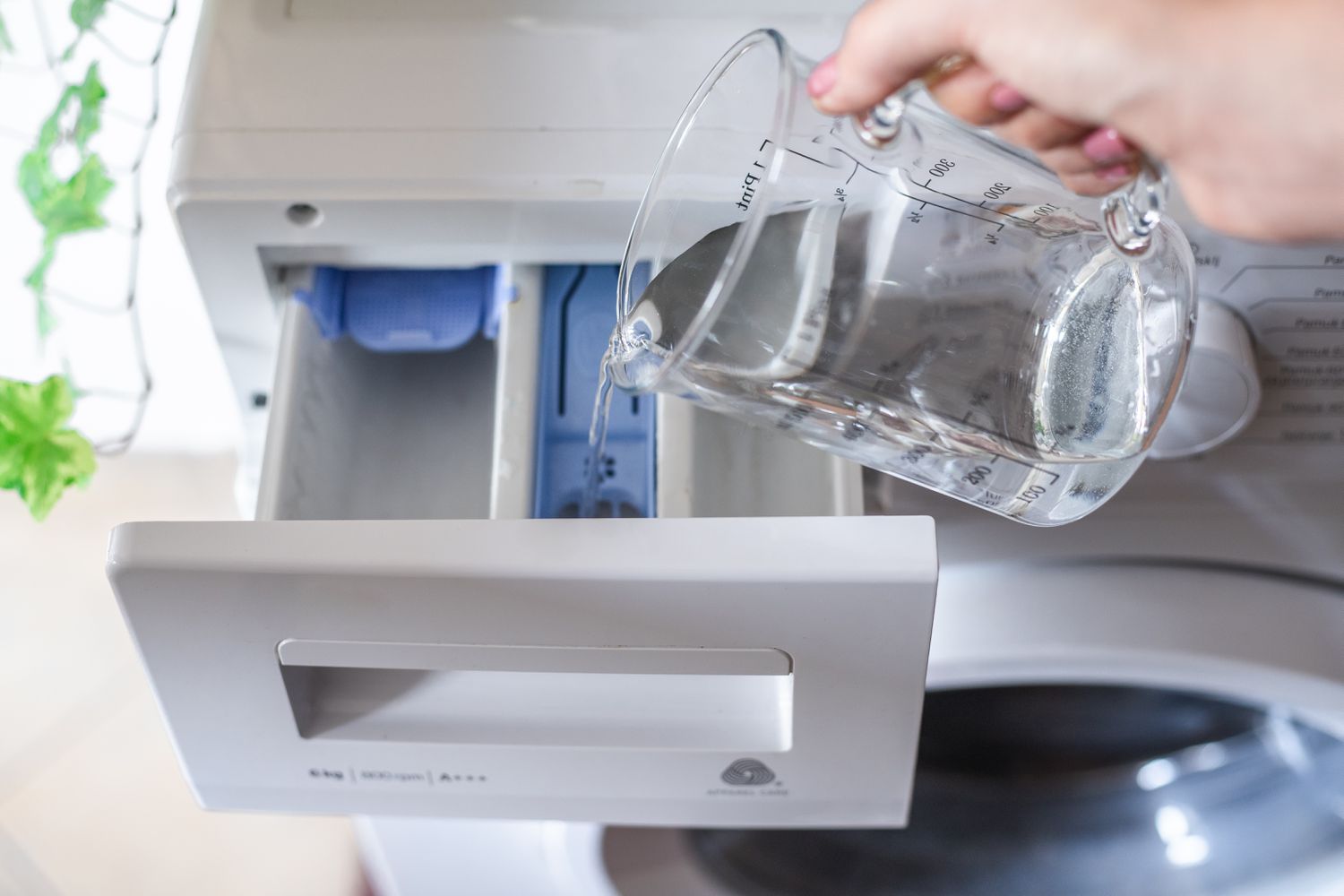
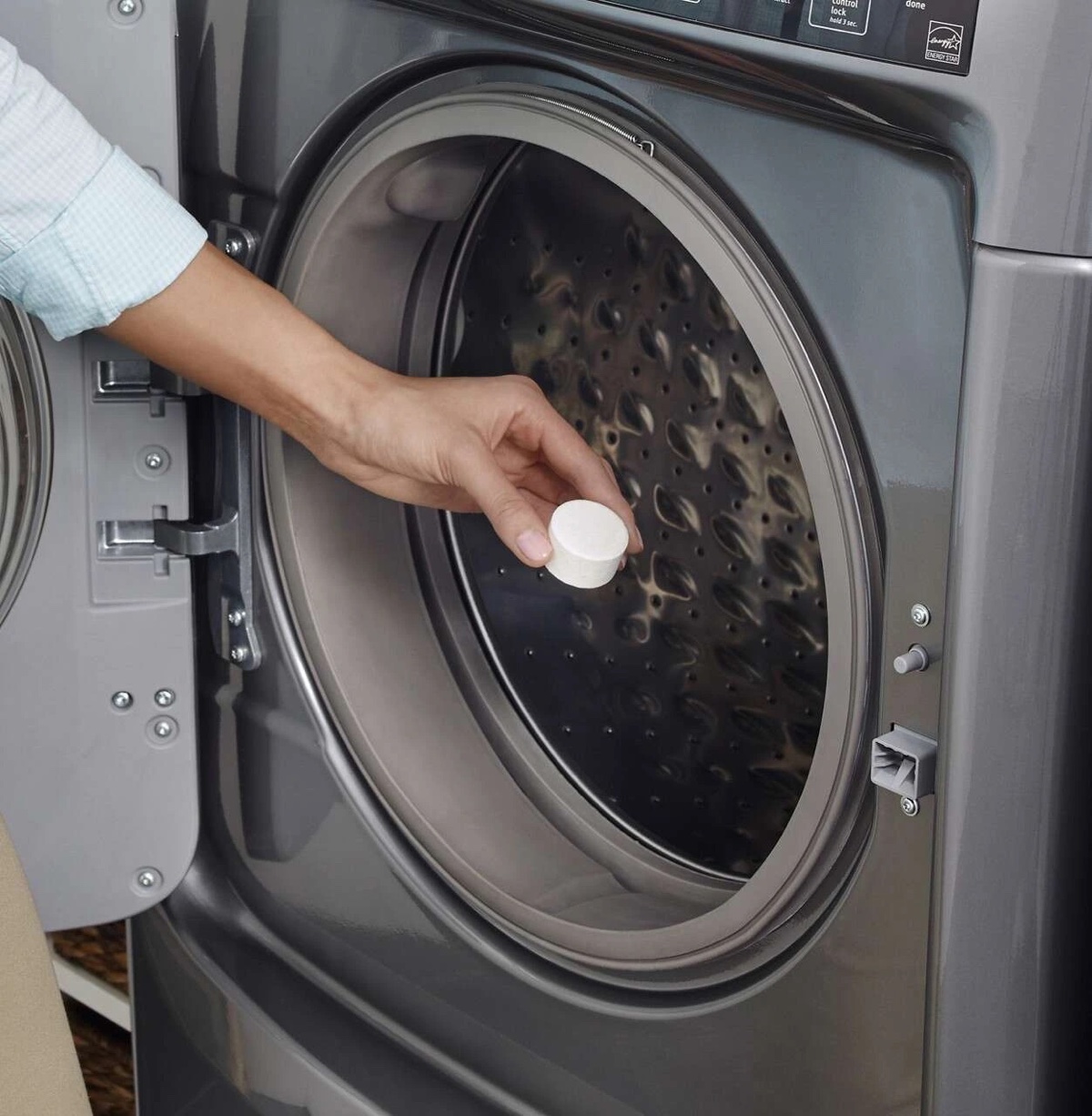
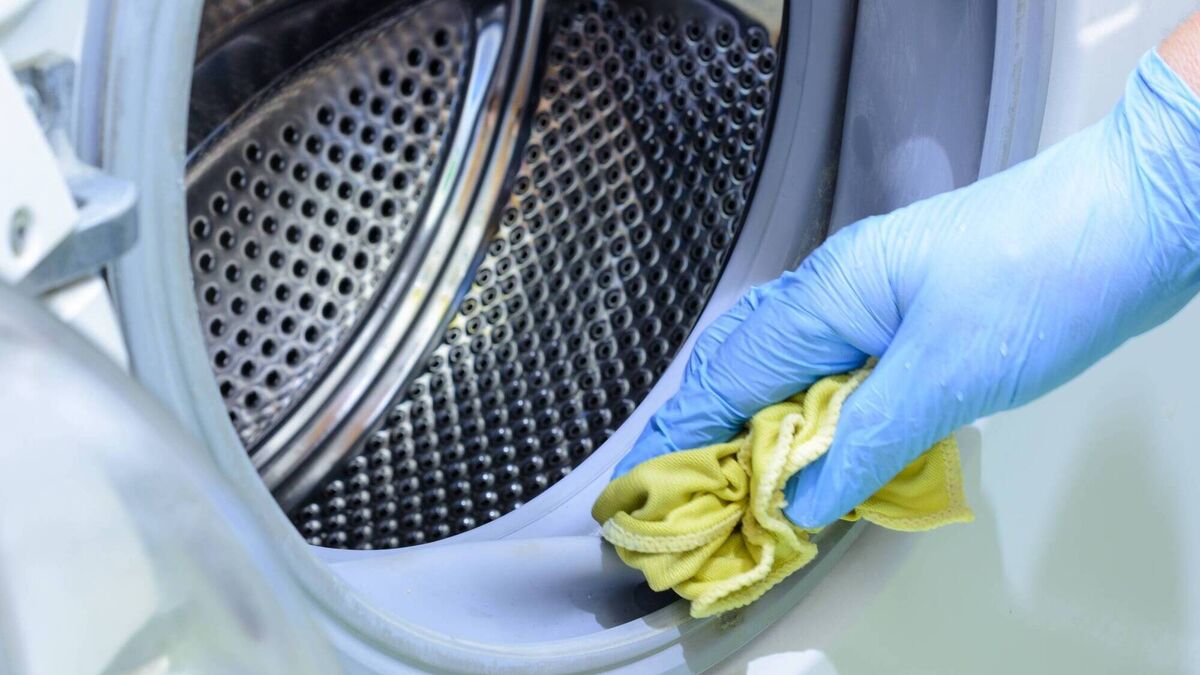
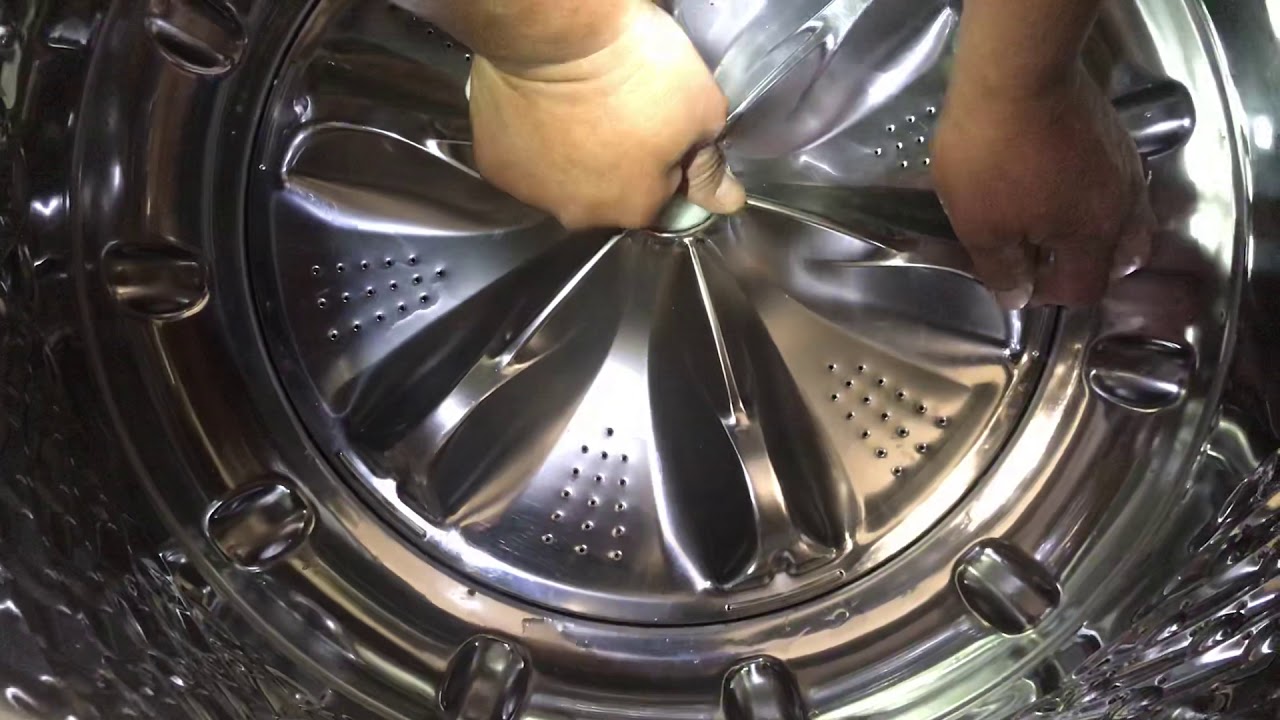
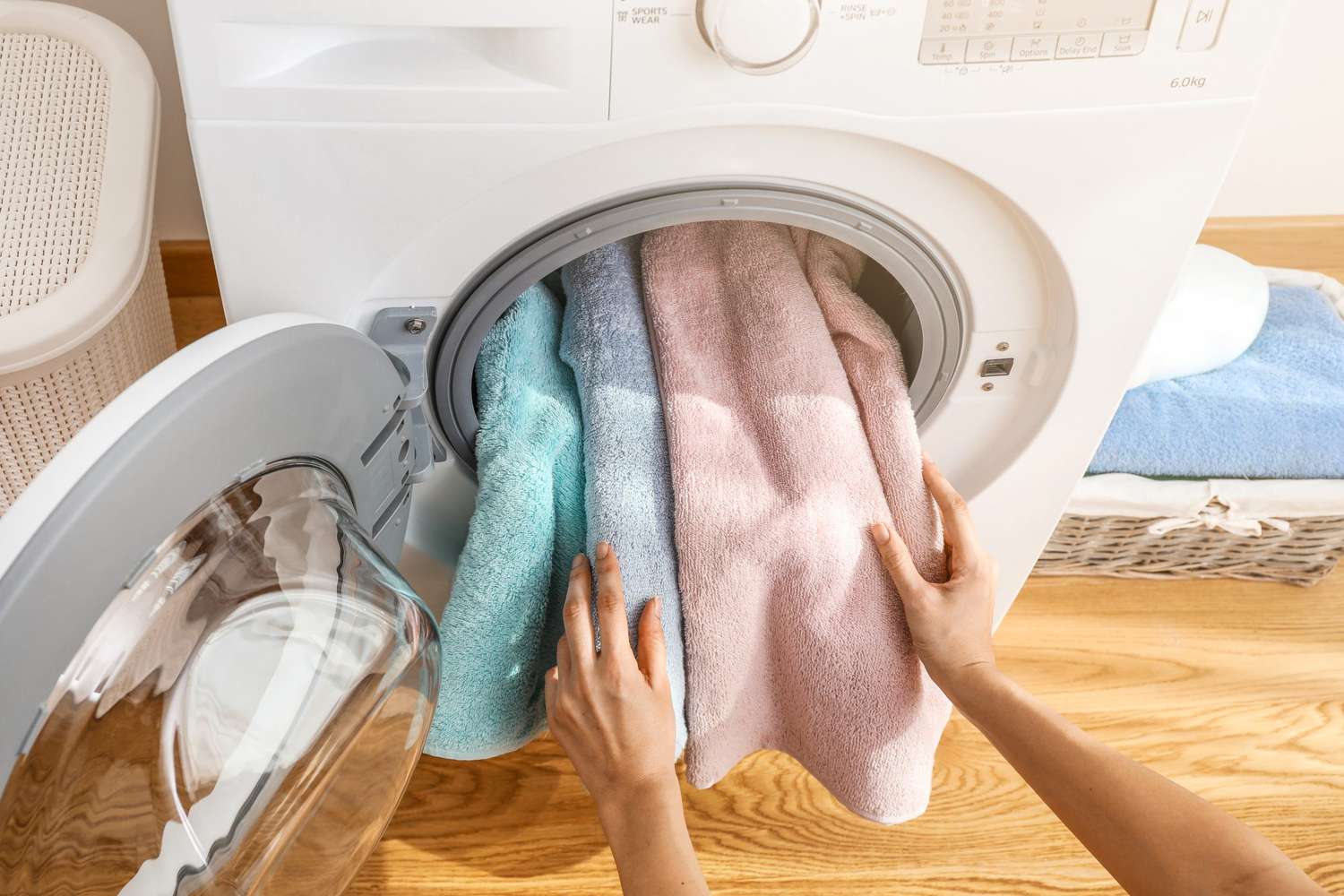
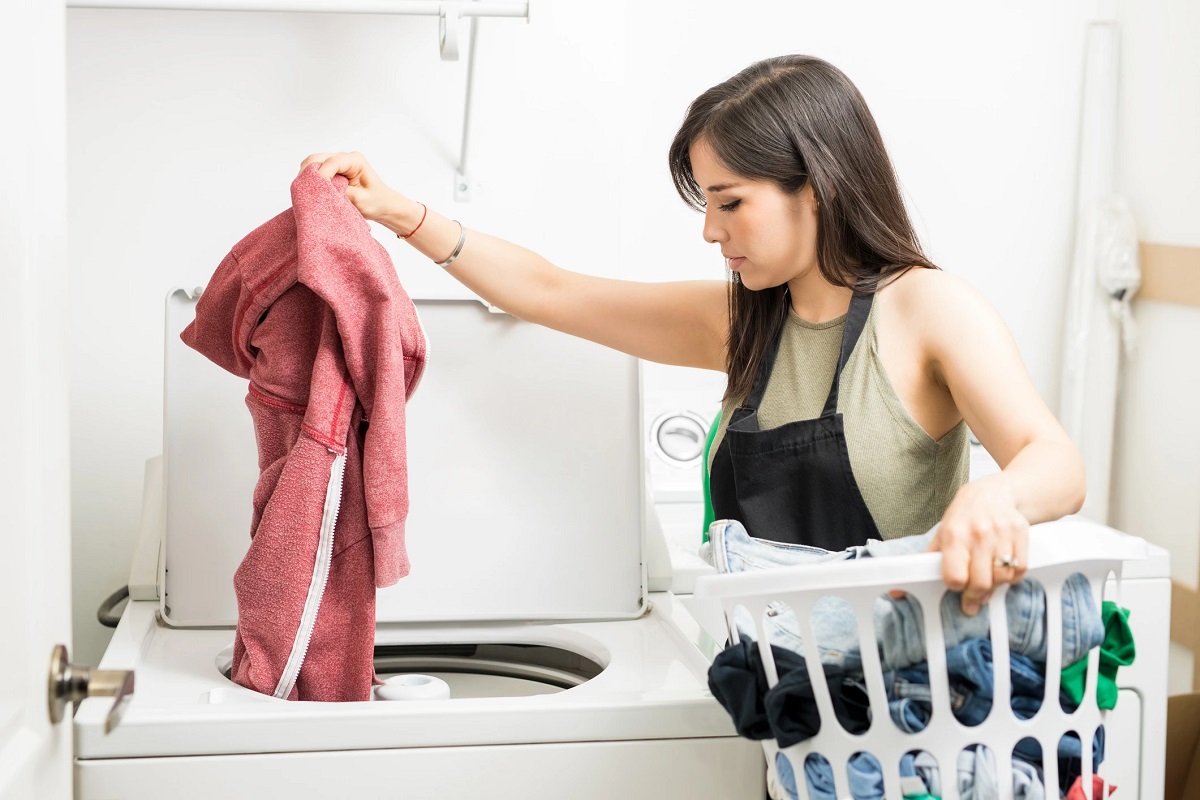
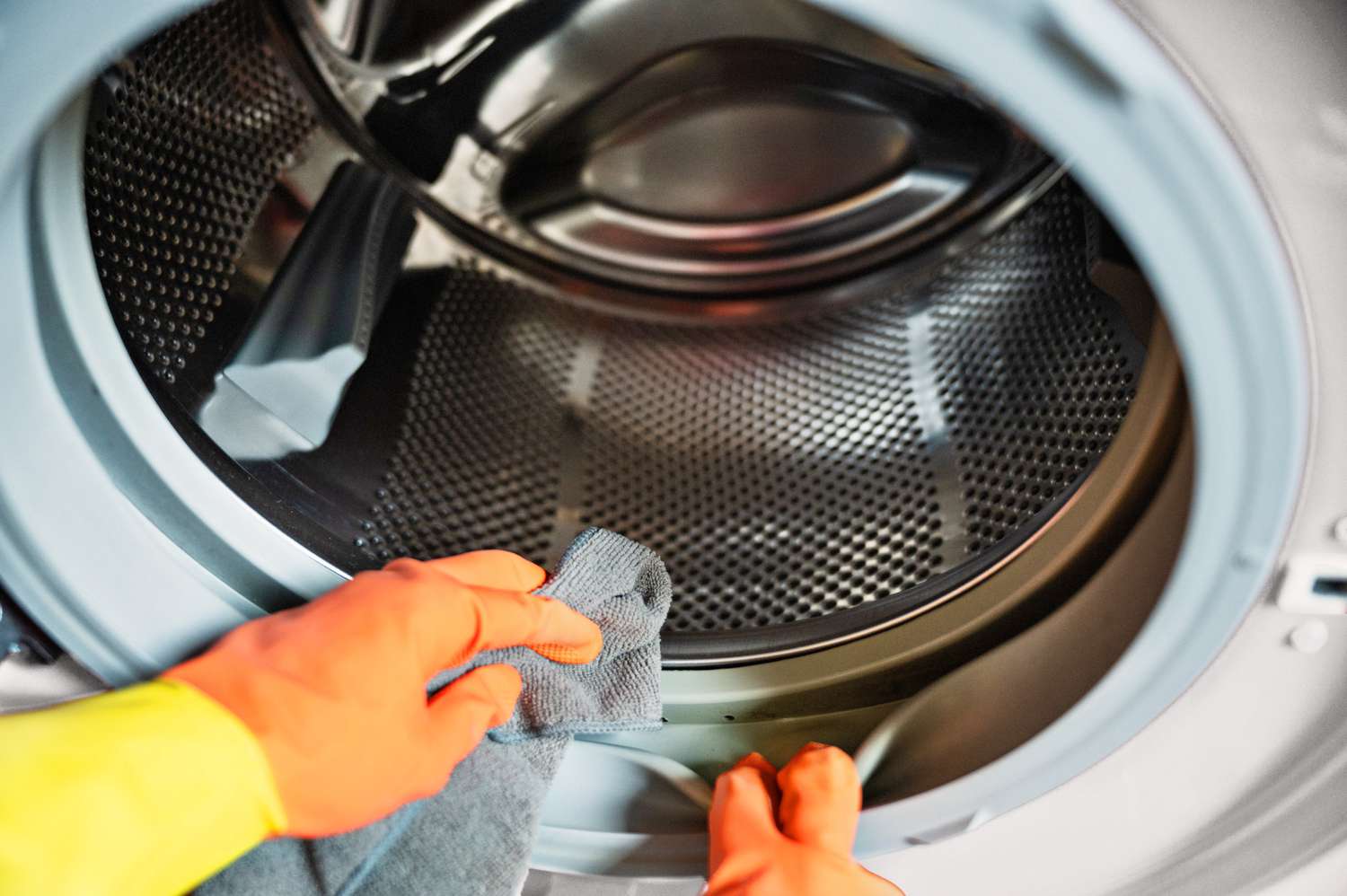
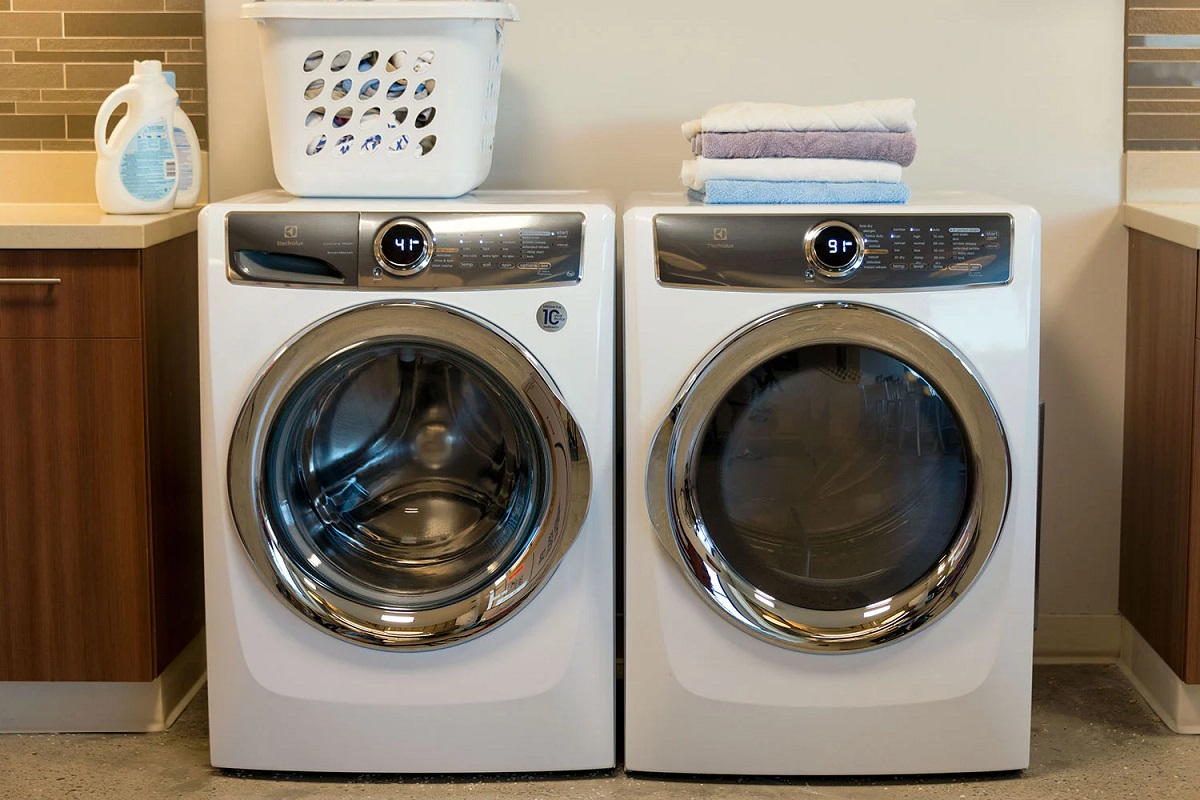
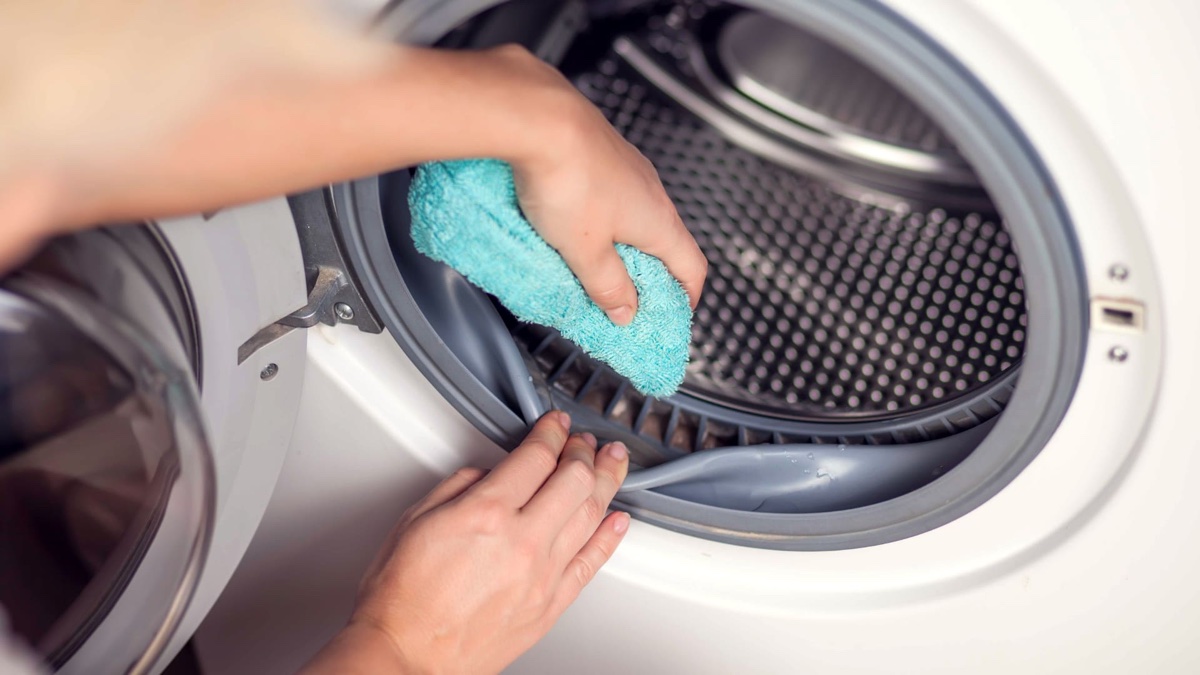
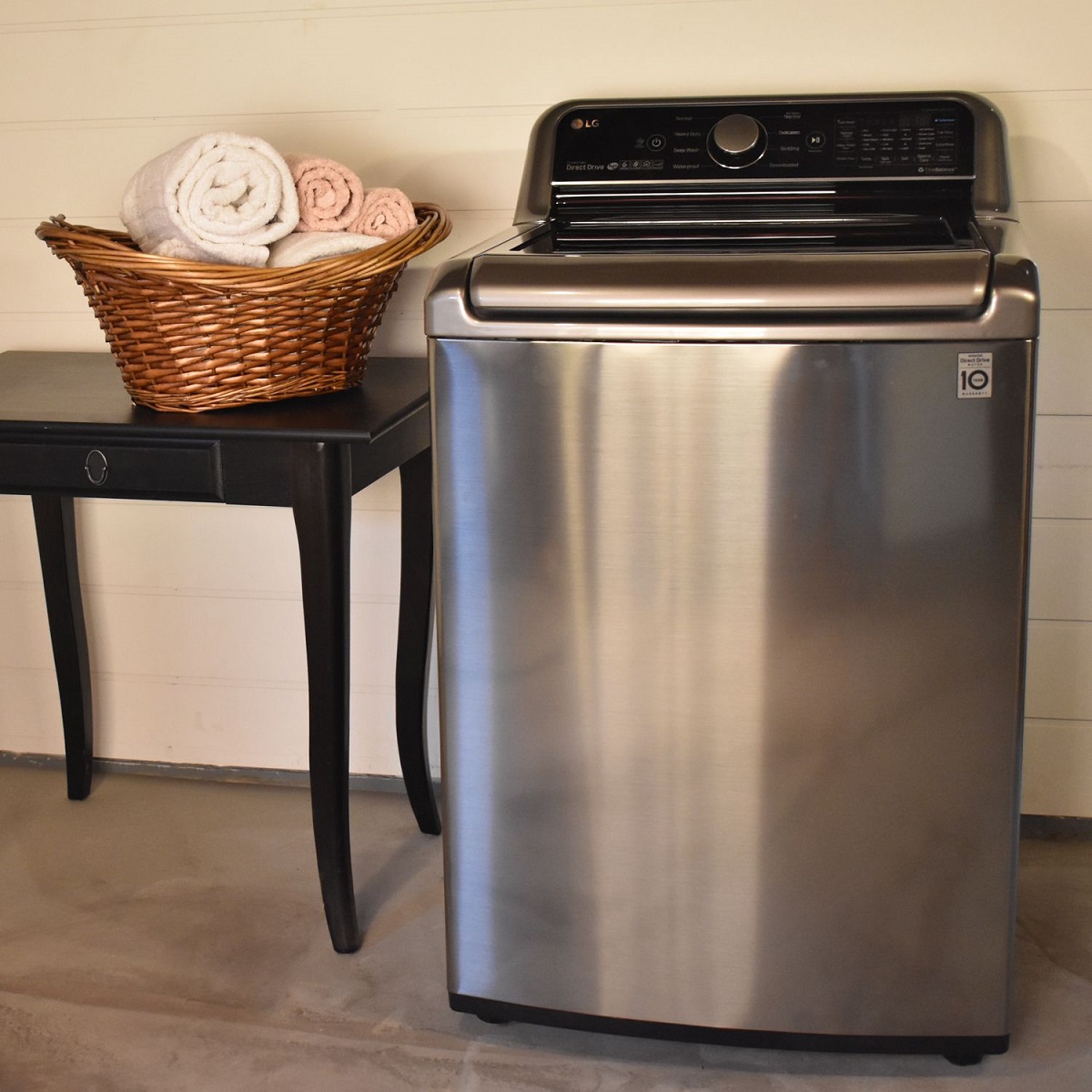
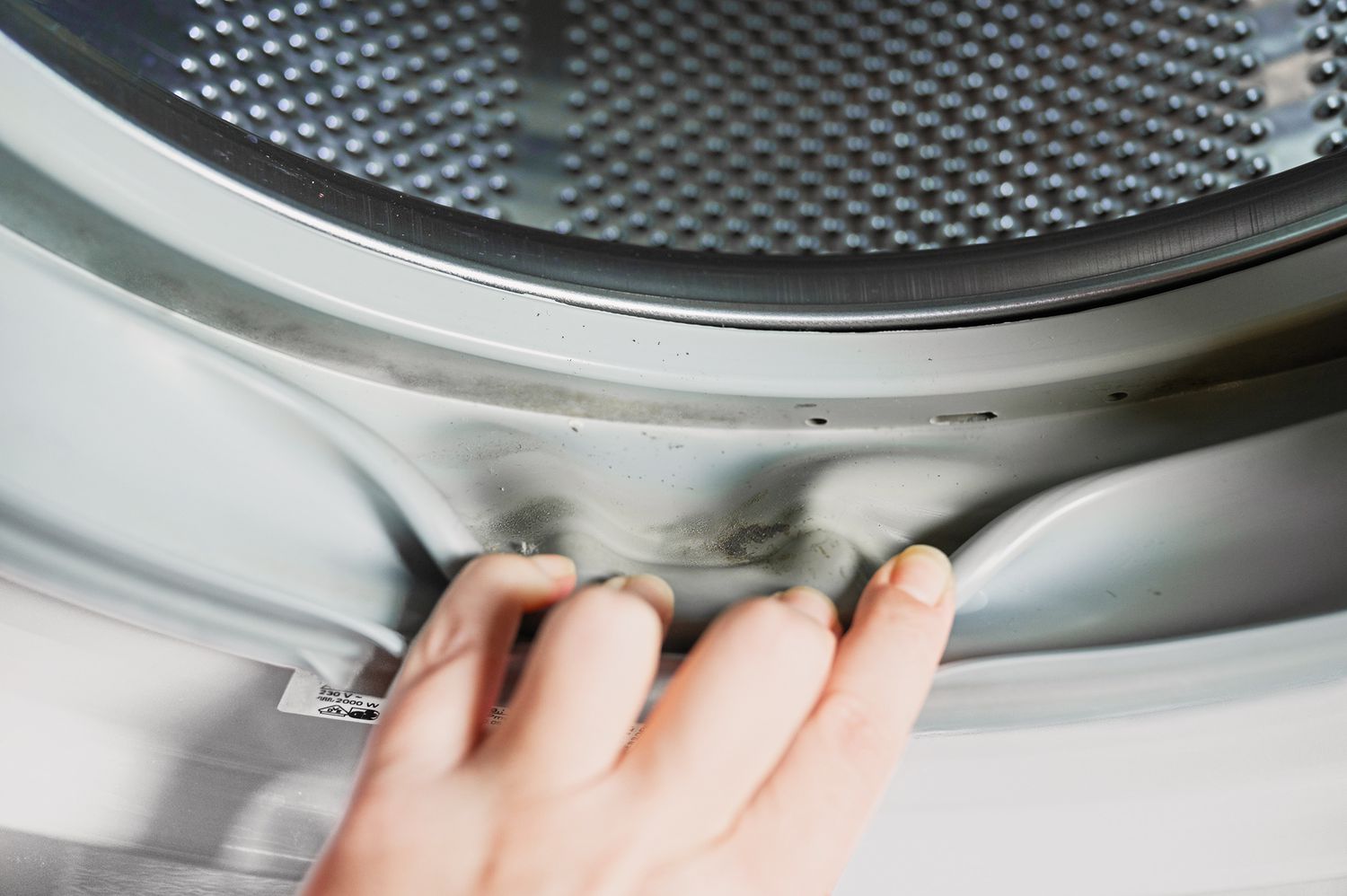
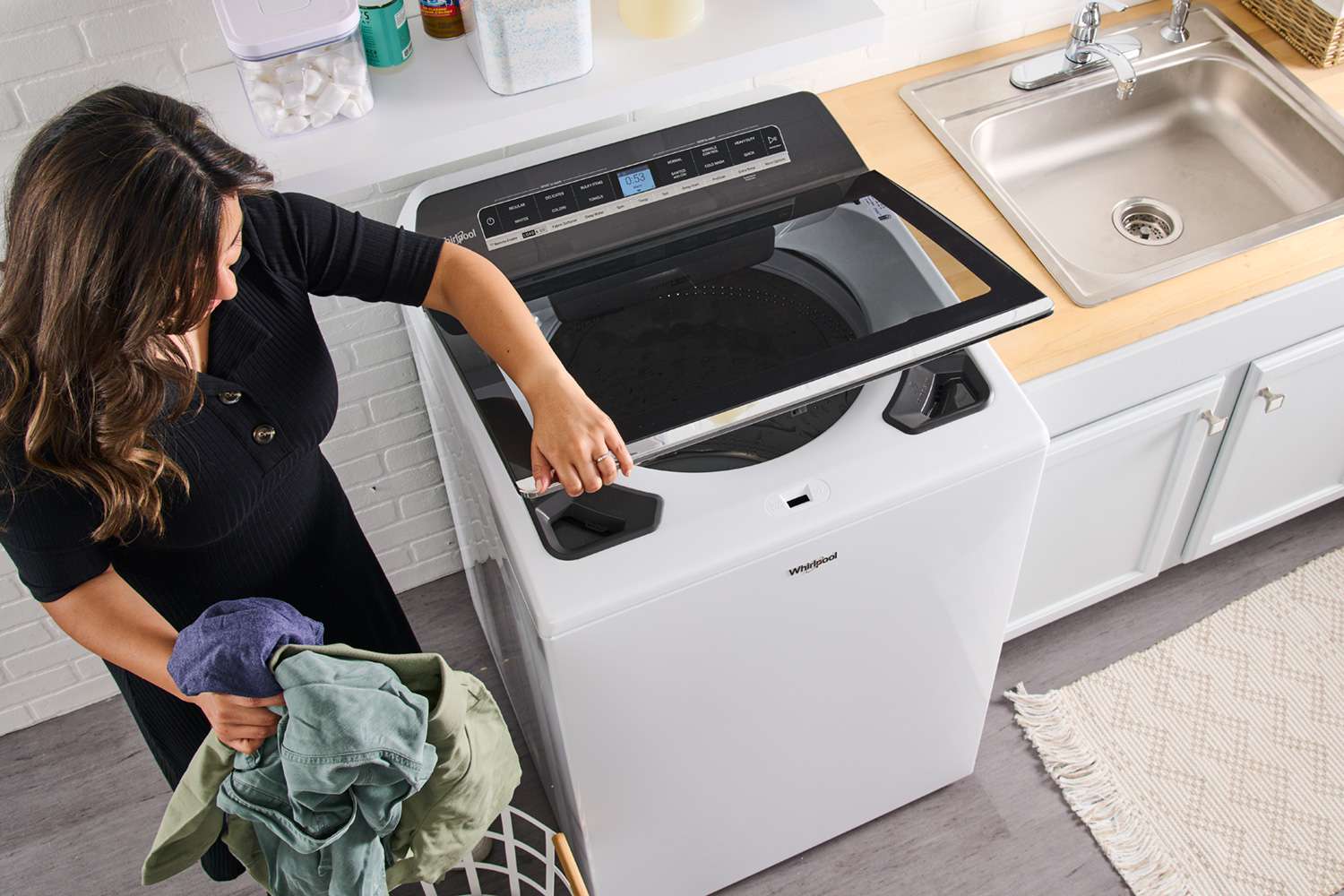

0 thoughts on “How To Balance Front Load Washer”